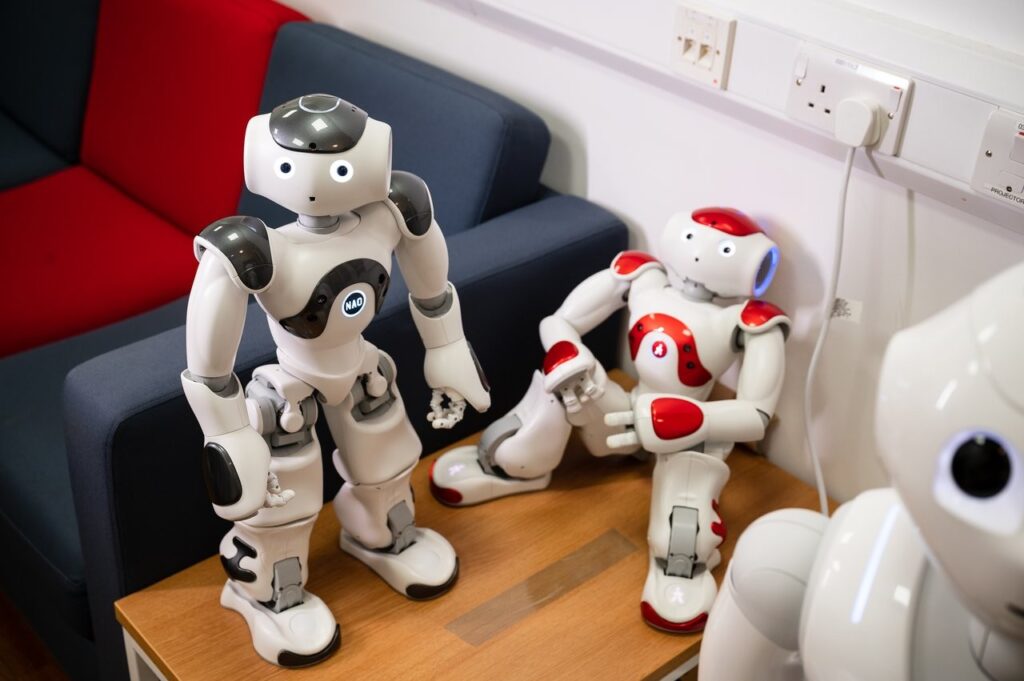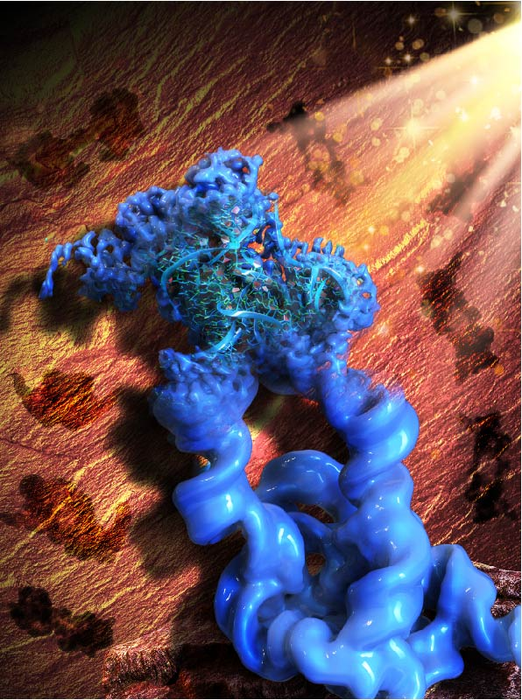This morning (March 26, 2024) a notice from the Science Media Centre of Canada (SMCC) arrived (via email) with two bits of news I’m including here.
A freshly launched online science magazine, Sequencer,
From the Science Media Centre of Canada’s March 26, 2024 notice,
Science journalists launch new online science magazine
Sequencer is a writer-owned, subscriber-based platform to explore the world’s weird, exciting, rage-inducing, or even hilarious phenomena.
There was more about this new science magazine in a March 21, 2024 posting by Neel Dhanesh for the Nieman Lab blog, (Note 1: The Nieman Lab appears to be an initiative of the Nieman Foundation for Journalism at Harvard University; Note 2: Links have been removed),
Last year, freelance journalist and National Geographic alum Michael Greshko predicted that a worker-owned science publication would be born in 2024. On Thursday, his prediction came true with the launch of Sequencer.
Sequencer is looking to fill a gap that’s been created by the withering of science desks at newsrooms across the country. The four founders — Max G. Levy, Dan Samorodnitsky, Shi En Kim, and Maddie Bender, all of whom are alums of Massive Science, which stopped publishing in 2021 — write that “traditional science media is broken” in a letter introducing the site:
…
Like its worker-owned brethren (see: Defector, 404 Media, Hell Gate, Aftermath, and more), Sequencer plans to be reader-supported, with subscriptions starting at $7 per month. I, like many others in the world of science journalism, am incredibly excited. …
Now, onto the Sequencer website,

There’s more about the cat called Masha, formerly known as Velveteen, and the author in a March 21, 2024 blog posting on Sequencer.
As for Sequencer and its founders, there’s the About Us webpage,
Sequencer is a place to decode our world with stories about science. It’s a venue for readers who care about pressing scientific questions and appreciate the weird, exciting, rage-inducing, spine-tingling, mind-bending, or even hilarious phenomena around us. It’s a platform for perennially curious journalists who don’t take themselves too seriously. It’s an invitation to discover alongside us.
We – Dan, Kim, Maddie, and Max [more about the founders later in this posting] – are not just the writers and editors, we’re also the founders and owners. We’re established science journalists and alumni of The Daily Beast, Scientific American, WIRED, Quanta, Smithsonian, C&EN, and more. We’re also all former scientists. Sequencer is our experiment.
Like any good experiment, Sequencer exists atop a heavily researched, rigorously tested, science-backed hypothesis: Traditional science media is broken, so it’s time for something new.
I found this bit particularly interesting,
This is typically how the sausage gets made in our industry: A scientist, usually someone who works at one of a handful of American or European universities, publishes their new work in a prestigious journal. Their well-funded institution’s PR team crafts a press release, puts the work under embargo, and emails it to journalists on their press list.
When it works, this model earns many important labs their 15 minutes of fame; millions of people learn about a breakthrough. But when it’s the governing model of science journalism, it constrains any content to bounds that are sterile and homogenous. There’s little room for analysis and perspective about the work that goes into doing science, let alone criticism or any reckoning with the future. At a time where climate change is laying waste to the planet and a historic pandemic trudges on and on, science journalism is too-often blank-faced and credulous.
That’s all assuming the model works. More and more, we’re realizing that it doesn’t. Bedrock science publications are dying. Or rather, they’re being actively killed by layoffs, predatory venture capital firms, and mega-conglomerates that keep inexplicably pivoting to video. It would be funny if it weren’t so bleak. [emphases mine]
…
My March 8, 2024 posting, “Science journalism … ch-ch-ch-ch-changes” provides more context for the phrases I’ve highlighted in the excerpt in the above,
Sequencer is subscriber-supported,
Sequencer is subscriber-supported. That means we are cutting out the middleman and going directly to the reader. We depend on your money to power us, and your feedback to shape our coverage. Do you like our stories? Are we missing something? What do normal people want to see in a science publication? Tell us! Email us at hello@sequencermag.com
We’re choosing $7/month because if you live in a major American city, $7 is the price of a latte. We deserve a latte, don’t you think?
Meet the founders,
Maddie Bender
Maddie is a science, health, and technology journalist. She has worked in print, digital, audio, and video media. Some reporting highlights include covering spotted lanternfly fetish content, brain-breaking pseudoscience, and metaverse fitness. She lives in Honolulu, HI, and deeply misses her cat (not dead, just in New York.)
…
Dan Samorodnitsky
Dan is a science journalist based in Minneapolis, MN. He’ll write about anything but specializes in biology, genetics, health, and the history of science. He has also written about Dairy Queens, church fish fries, and local politics. He has a cat, Masha, who will definitely appear in newsletters and posts.
…
Shi En Kim
Kim is a Malaysian-born, DC-based journalist whose writing spans the scientific gamut (please don’t make her pick a favorite beat). Outside of science writing, she dabbles in art, plans for backpacking trips faster she can go on them, and plots the next move against her imposter syndrome in a never-ending tussle.
…
Max G. Levy
Max is a science journalist whose favorite work tells the human stories behind discoveries in public health, climate change and tech. Max’s work appears in news outlets, magazines, and science videos on YouTube. He’s got sand in his hair as he writes this from his home in Los Angeles. If he goes a couple weeks without mentioning his late pet rats (R.I.P. Fiona, Syd, and Mouse) please call for help.
…
Storytelling grants and the National Geographic
This is the second item of interest from the SMCC March 26, 2024 notice,
National Geographic Storytelling Grants
Submission deadline has been extended. New submission deadline: April 11, 2024 | 23:59 ET
The grants fund individuals working on projects in science, conservation, storytelling, education, and technology that align with one or more of our focus areas …
I found the page where the grants are described to be confusing. First, storytelling grants are part of the National Geographic’s ‘Grants and Investments program known as ‘National Geographic Explorers’ and there are two levels of grant opportunities with ‘storytellers’ being at Level II.
If you scroll down the National Geographic Grants and Investments webpage about 80% of the way, you’ll find Additional Resources, which includes the Level II Grants Program Storytelling Application Template. Good luck!
Extra
In the next day or so (probably by March 28, 2024), you may be seeing some articles about moon-bound Canadian astronaut, Jeremy Hansen, He’s giving a virtual presentation at the University of British Columbia (UBC). From a March 26, 2024 UBC media advisory (received via email),
Hansen is one of four crew members for the Artemis II mission, which will send astronauts around the Moon on the first crewed flight of the SLS rocket and Orion spacecraft, no earlier than September 2025. He has lived in a cave underground and on the ocean floor in space mission simulations, and will be the first Canadian to participate in a lunar mission.
I don’t believe this event is open to the public, which is why I haven’t included details but you can be on the lookout for articles particularly in local (Vancouver, Canada) publications over the next few days.


